737-215-3211

How Often Does a Dog Need Grooming? 3 Tips from Top Groomers
Ever wondered how often your dog needs grooming appointments? Grooming isn’t just about making your pup look good for Instagram.
It’s a crucial part of keeping them healthy and happy.
Think about it. Would you feel great if you skipped showers for a month? Probably not.
Dogs are no different.
Regular grooming helps prevent skin issues, keeps their coat clean and manageable, and can even catch potential health problems early. Plus, a well-groomed dog is usually a happy dog. They feel better, act better, and are more comfortable in their own skin (or fur, in this case).
But how often should you really be grooming your dog?
It’s a tricky question because it depends on a variety of factors like the dog's breed, dog's skin, coat type, and lifestyle.
For instance, a long-haired breed like a Shih Tzu will need more frequent grooming than a short-haired breed like a Beagle. An active dog that loves rolling in mud will need more baths than a couch potato pup.
So, where do you start? That’s where this article comes in.
How often should you groom your dog?
Grooming the dog hair is more than just a vanity project. It’s essential for their health and well-being. But how often should you do it? Well, the answer isn’t one-size-fits-all. It depends on several factors that we'll explore here.
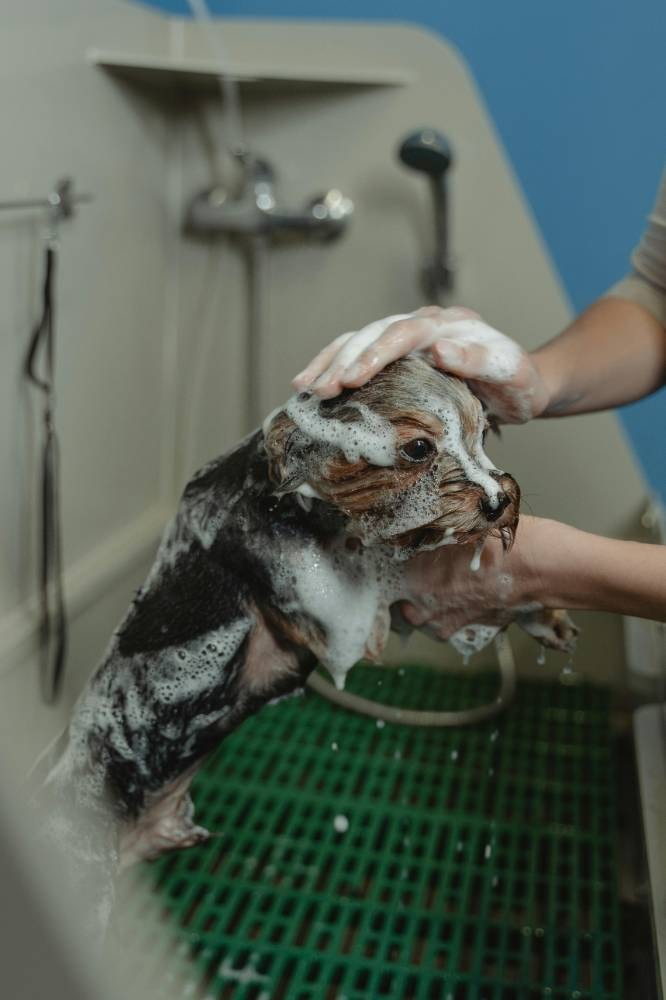
Breed-specific needs
Dogs come in all shapes, sizes, and coat types. Each breed has its own grooming requirements.
-
Short-Haired Dogs: Dogs like Beagles and Boxers with short hair are relatively low-maintenance. Short-haired dogs generally need grooming every few weeks to keep their coat healthy and shiny.
-
Long-Haired Dogs: Breeds like Shih Tzus and Collies with long hair require more frequent grooming. Their coats can tangle and mat easily. So long-haired dogs need brushing several times a week and professional pet grooming every month or so.
-
Shedding Patterns: Dogs that shed heavily, such as Labrador Retrievers, may need more frequent brushing, especially during shedding seasons. This helps manage loose hair and keeps their coat looking good.
Individual dog traits
Apart from breed, individual traits also play a significant role in determining grooming frequency.
-
Age: Puppies and older dogs might need special attention. Puppies are still developing their silky hair, and older dogs may have more sensitive dog's skin or health issues that require gentle grooming.
-
Health: Dogs with skin conditions or allergies may need more frequent baths with medicated shampoos. Regular grooming can also help spot any health issues early on.
-
Lifestyle: Active dogs that love playing outdoors will likely need more frequent baths than those who prefer lounging around the house. Dirt, debris, and mud can all accumulate in their fur, requiring regular cleaning.
General guidelines
Here’s a quick reference to help you determine how often to groom your dog:
-
Short-haired dogs: Brush every 2-3 weeks, bathe every 2-3 months.
-
Long-haired dogs: Brush weekly, bathe monthly.
-
Heavy shedders: Brush 2-3 times a week, bathe every 1-2 months.
-
Active/outdoor dogs: Brush as needed, and bathe monthly.
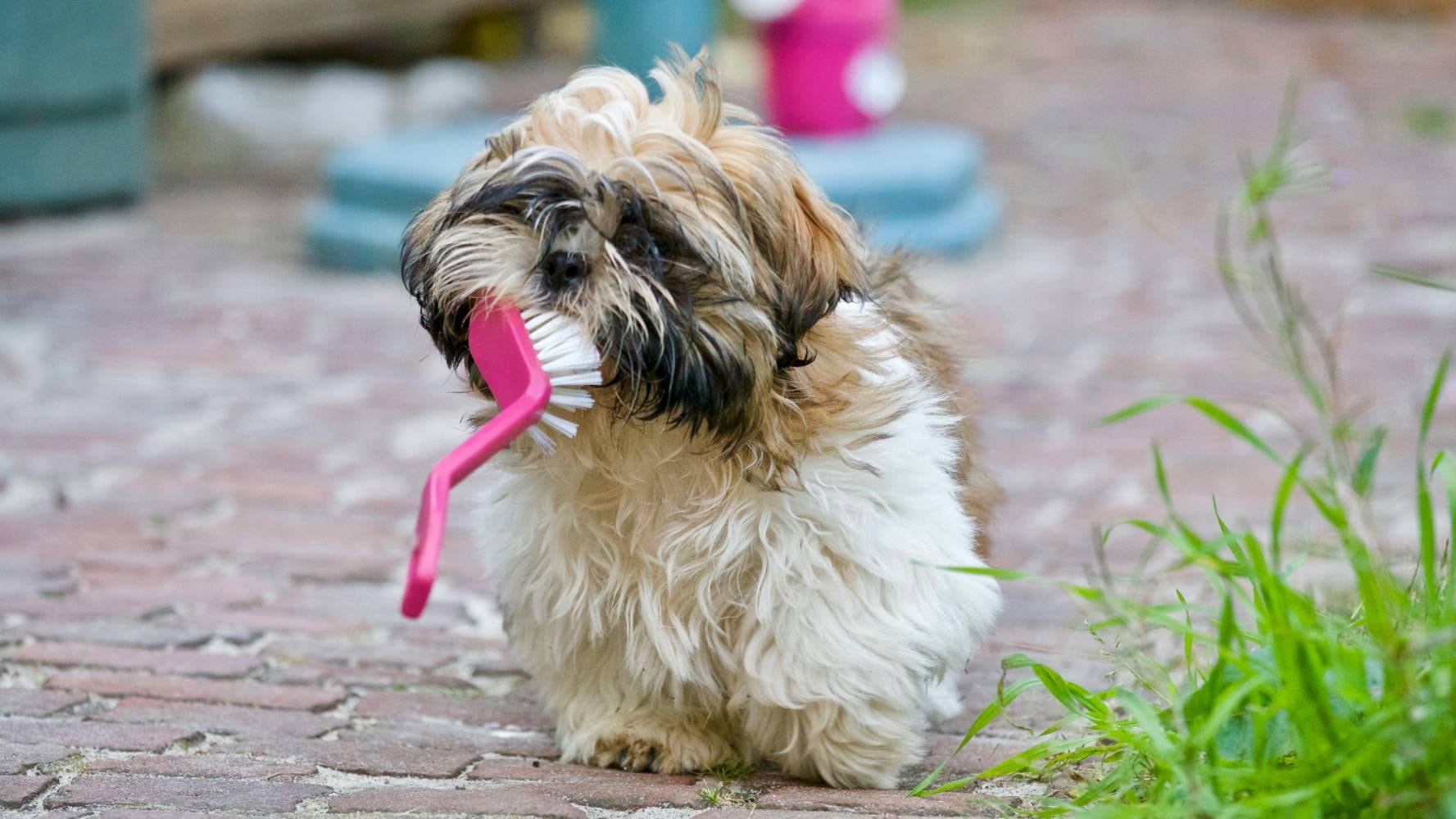
Exceptions and special cases
While these guidelines work for most dogs, there are always exceptions. If your dog has specific health issues or a unique lifestyle, you might need to adjust their grooming schedule.
-
Medical Conditions: Dogs with certain skin conditions might need more frequent baths with medicated shampoos. Always consult your vet or trusty dog groomer for advice tailored to your pet’s health.
-
Seasonal Shedding: Some dogs shed more during certain times of the year. During heavy shedding periods, more frequent brushing can help manage the excess fur.
-
Personal Preferences: Some dogs simply enjoy grooming sessions and might benefit from more frequent brushing as a bonding activity.
3 expert tips from top groomers
Grooming your dog isn’t just about keeping them looking good. It’s about their health, comfort, and happiness. But how do you know if you’re doing it right? Here are three expert tips from top dog groomers to help you keep your dog groomed.
Tip 1: Understand your dog’s coat type
Different dogs have different grooming needs, and it all starts with their coat type.
-
Smooth Coats: Think Beagles and Boxers. Their hair lies close to the skin and doesn’t tangle easily. Brush once a week to remove loose hair and keep the coat shiny. Use a bristle brush.
-
Double-Coated Dogs: Breeds like Huskies and German Shepherds have a soft undercoat beneath a tougher outer coat. Brush 2-3 times a week, especially during shedding seasons. A slicker brush or undercoat rake works best.
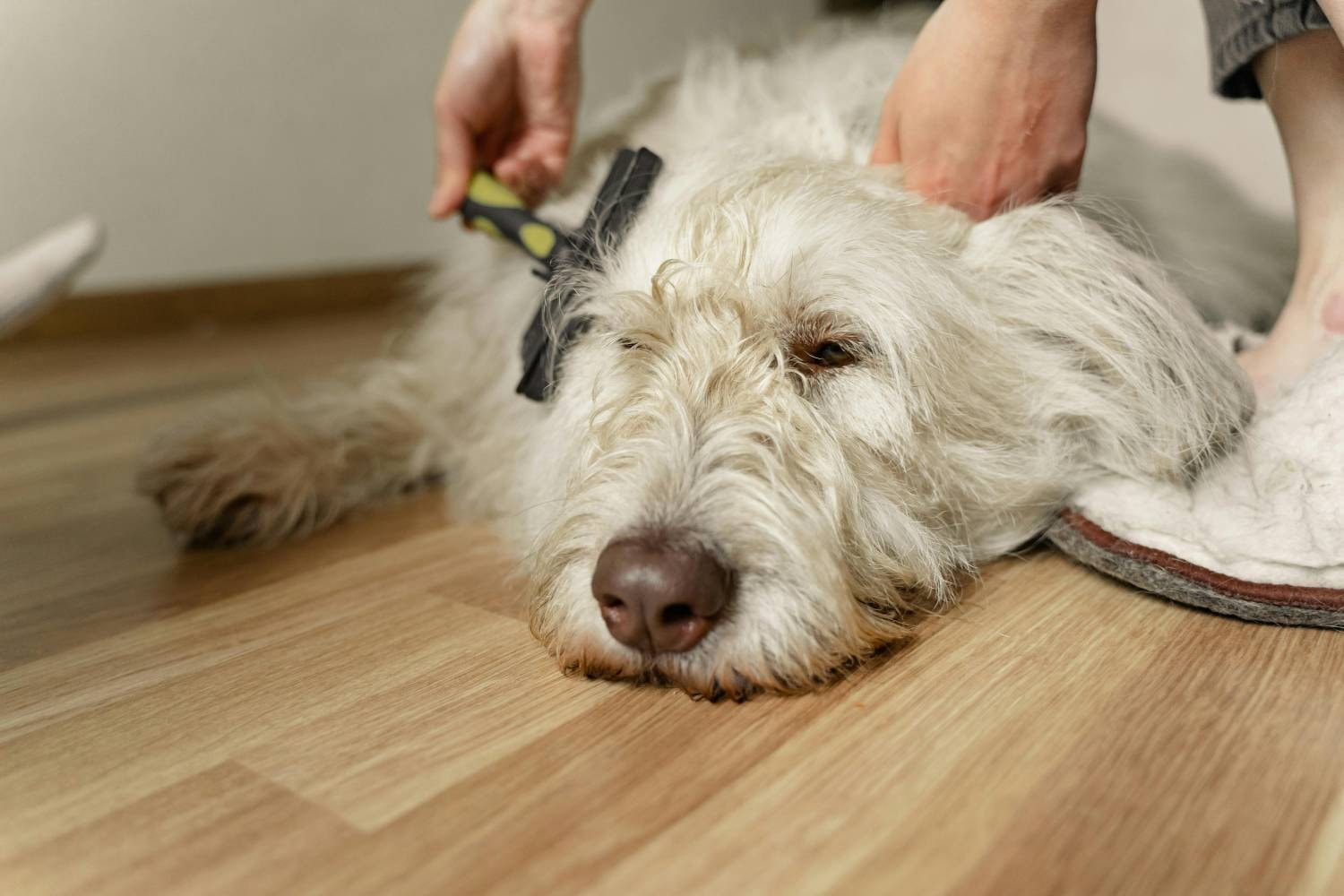
-
Curly and Wavy Coats: Poodles and Bichons have curly, dense fur that can mat if not properly cared for. Brush every day to prevent mats. A comb or slicker brush is ideal. Regular trims are also necessary.
-
Wire Coats: Terriers often have this type of coat, which is rough and bristly. Brush weekly and consider hand-stripping or using a stripping comb to maintain coat texture.
To identify your dog’s coat type, look at the texture and length of their fur. Smooth coats are easy to spot, while double coats feel thicker due to the undercoat. Curly coats are obvious with their tight curls, and wire coats feel rough to the touch.
Using the right dog grooming tools makes all the difference. Groomers recommend investing in good-quality brushes and combs suited to your dog’s specific coat type.
Tip 2: Establish a routine
Dogs thrive on routine and grooming is no exception. Setting up a regular schedule can make grooming easier for both you and your dog.
Begin with short grooming sessions to get your dog used to the process. Pick a regular day and time for grooming. This helps your dog know what to expect.
Make grooming a positive experience by using treats and praise. The goal is to create a calm and rewarding environment.
Life gets busy, but keeping up with your dog’s grooming routine is essential.
-
Set Reminders: Use your phone or a calendar to remind you of grooming days.
-
Keep it Short: If time is tight, even a quick 5-minute brush can make a big difference.
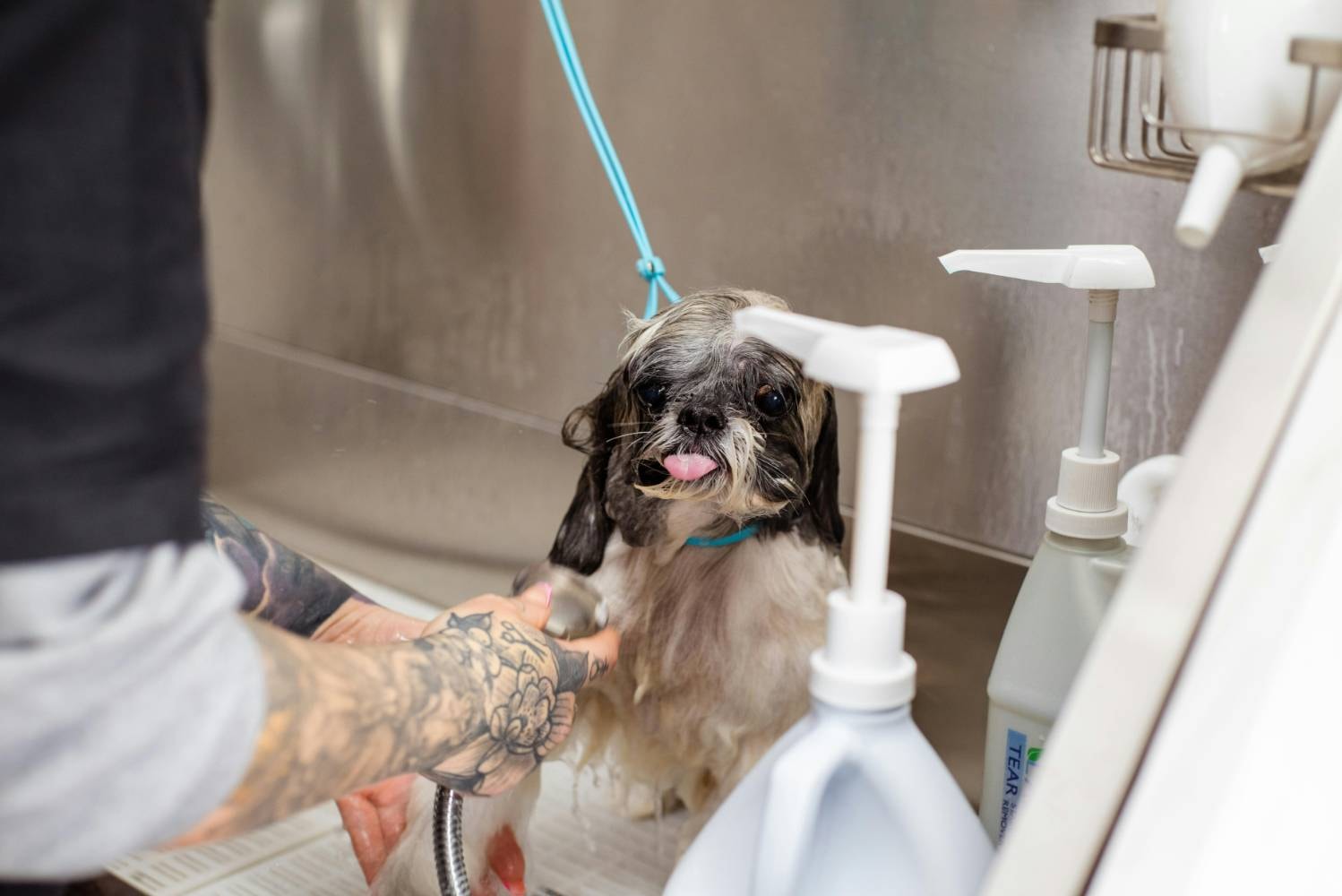
Handling resistance from your dog can be tricky. If they’re not keen on grooming, try breaking the routine into smaller, more manageable steps. Start with just a few minutes and gradually increase the time.
Tip 3: When to seek professional help from dog groomers
Sometimes, home grooming by pet parents just isn’t enough. Here’s when to consider calling in a professional:
-
Severe Matting: If your dog’s fur is heavily matted, a professional groomer has the tools and expertise to handle it safely.
-
Health Concerns: Issues like skin infections or unusual lumps should be checked by a vet, but a groomer can help with regular maintenance to prevent problems.
-
Behavior Issues: If your dog becomes aggressive or overly stressed during grooming, a professional can provide a more controlled environment.
Choosing the right groomer is crucial for your dog’s well-being.
-
Ask for Recommendations: Friends, family, and your vet can provide trusted recommendations.
-
Visit the Salon: Check out the grooming salon before booking. It should be clean, and the staff should be friendly and knowledgeable.
During a professional grooming session, expect a thorough job that includes a bath, brush, haircut (if needed), nail trim, and ear cleaning. Professional groomers can also offer advice tailored to your dog’s specific needs.
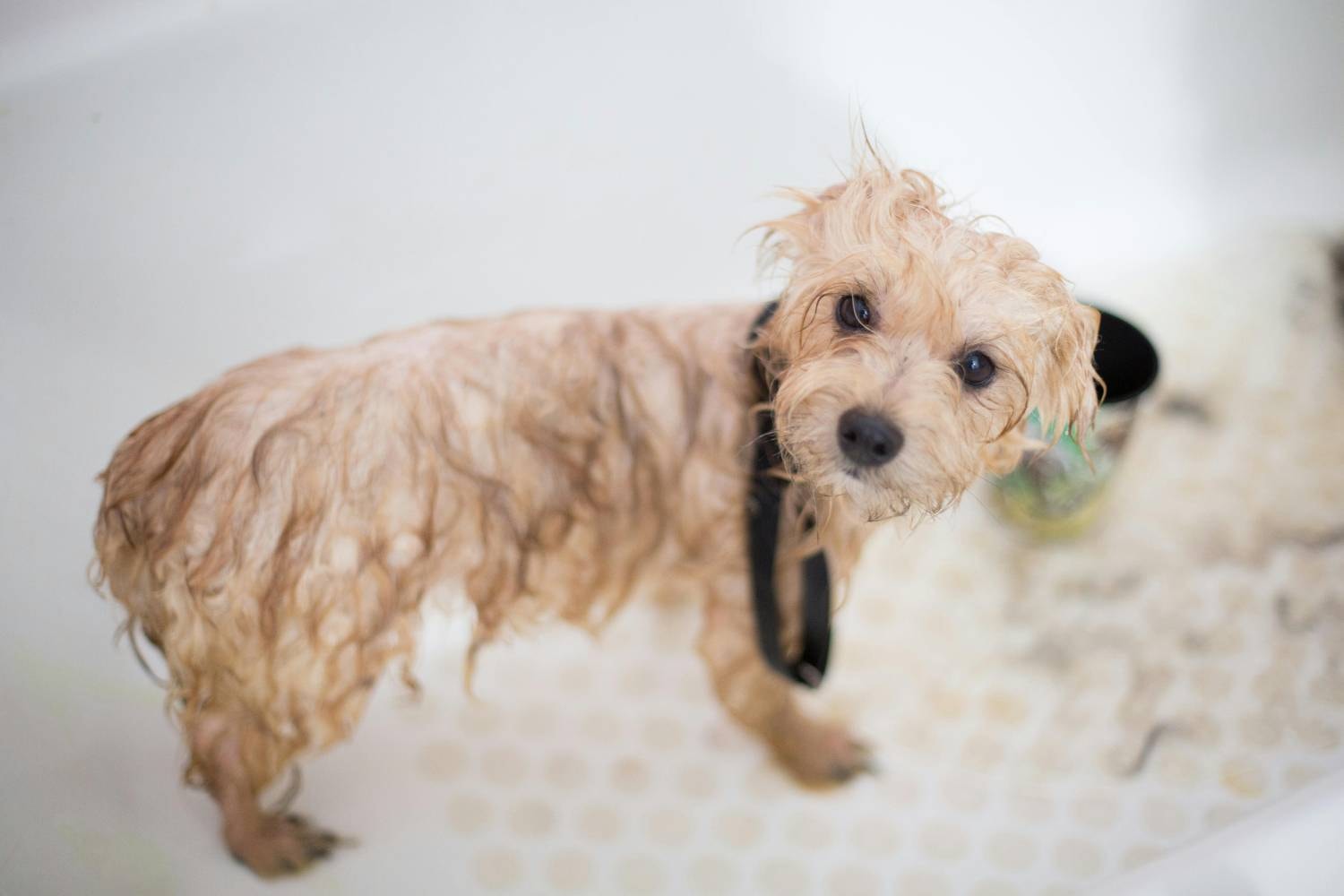
Make dog grooming more fun with Puppy Fever Pro products
Grooming your dog doesn’t have to be a chore. With the right tools, it can become a fun and rewarding bonding activity. Puppy Fever Pro products are designed to make grooming easier and more enjoyable for both you and your furry friend.
Start small and be patient. Your dog might not love grooming at first, but with practice and positive reinforcement, they'll come around. Use treats like Omega Fields Smart Hearts Dog Treats and gentle words to create a calm atmosphere. Over time, grooming can become something your dog looks forward to.
By using Puppy Fever Pro's range of grooming tools, you can make sure each session is effective and stress-free. Their products are made with your dog's comfort in mind, helping you keep them looking and feeling their best.
Remember, regular grooming is not just about appearance. It’s about health, happiness, and strengthening the bond between you and your pet. So grab those brushes, get some treats ready, and turn grooming time into quality time with your dog.
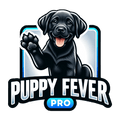

Leave a comment